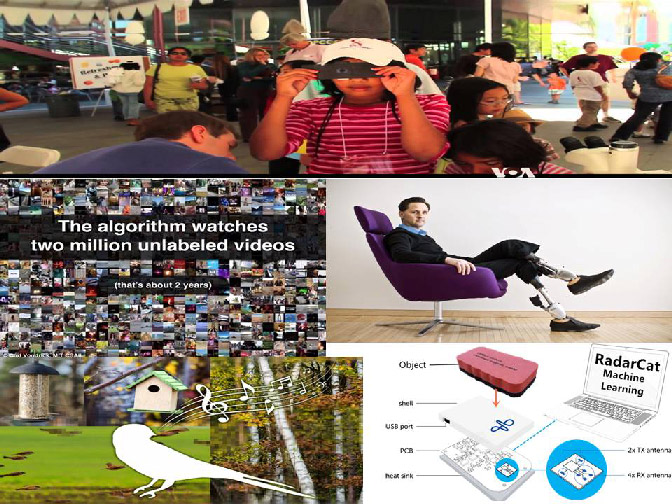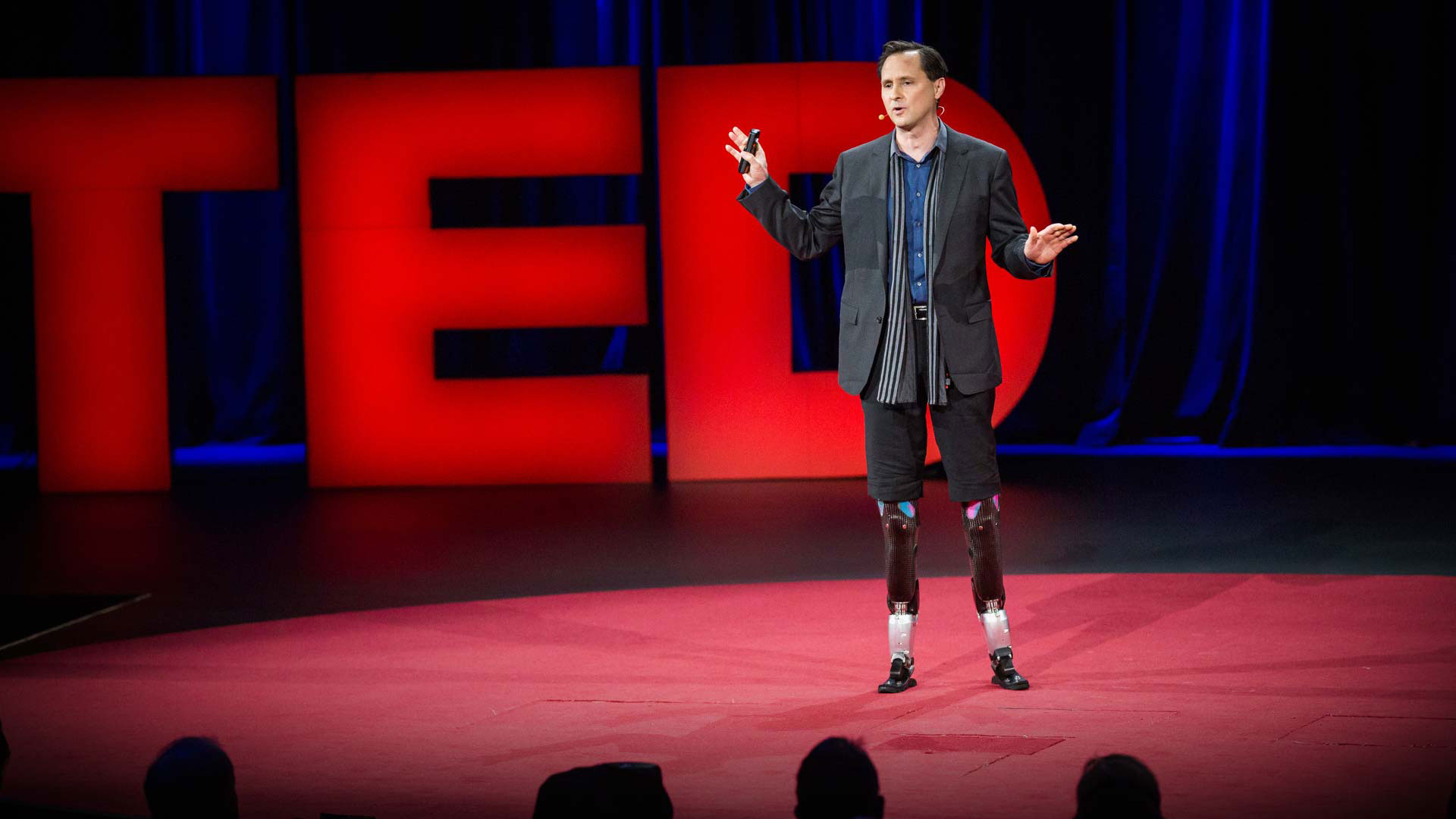Let’s look at five latest innovative technologies prepared by ColdFusion..
Number 5:
$1 Paper Microscope
Education in Developing Nations is arising phenomena but it’s about to get a lot cheaper from young scientist with a little invention called the Foldscope. It’s an optical microscope developed by menu / cash a biophysicist at Stanford University. It costs about one dollar to produce. Foldscope’s aim is to provide cheap and easy to use scientific tools in the developing world. The students can view the images alive but if they want to take a photo of their discovery there’s an attachment that allows to be used as a camera or a display device. The Foldscope is mainly matter of paper but include small spherical lenses and LED light to provide magnifications from 140 x 2000 times. With student microscopes ranging anywhere from 100 to 1000 US dollars a one-dollar option isn’t the worst thing in the world.

Number 4:
Giving Devices A Sense Of Touch
In 2015, Google released the Radar Chip called SOLI. Its purpose was to allow for easy detection of touchless gestures. Researchers at the University of St. Andrews successfully use this chip along with their in-house recognition software to actually classify and detect objects and materials in other words the system knows exactly what object is being placed on the surface. The project is called RadarCat. This stands for radar categorizations for input and interaction. The software mainly uses machine learning to understand and get better trained at recognizing objects. Although it’s not early stages there’s already some talk of some possibility. For example robots that often comes into contact with humans could use the system to understand that the touching human skin and that they should be extra gentle at that time. It will take something like a huge database of recognize objects stored up in the cloud to make this anywhere near as good as identifying objects of human.

Number 3:
AI can determine what’s happening in the scene purely by listening.
Researchers at MIT created neural network and fed it 26 terabytes of video data from Flicker. Researchers found neural network can interpret natural sound in terms of images and categories. For example, if it heard a bird tweeting and leave, it would know to picture that with forest and nature scenery.

Number 2:
Simulating Future Moments from an Image
Imagine giving a still image to an AI and it gives you back a video prediction of what happens next to the scene. This is exactly what researchers at MIT have done using the learning neural networks of course. They train the AI two million unlabelled videos and it can now predict the future motions of scenes given or even create scenes that imagines from scratch. The way it works is probably actually the coolest bit the deep learning method is something called Adversarial Learning. It involves training two competing neural networks. One network generates the video and the other decides if that video generated is fake or real. Sometimes real videos are slipped in with a generated one. Over time the AI that generates the fake videos learns for the other day AI into thinking that they’re real. According to the researchers at the video generating AI get smarter it can create videos that represents scenes from beaches, train stations, hospitals, and golf courses. For some reason, the AI tends to make humans look much larger than real life. And right now the video only 1.5 seconds long but as the algorithm is improved, the researchers hope to make this time longer. They made Artificial Intelligence watch TV shows like “The Office” and “Desperate Housewives”. After awhile it can determine what actions the humans are most likely to do next in a scene; whether it was a handshake hug or a kiss and it got very accurate of doing it but AI predict human behaviour.

Number 1:
A huge leap forward in Bionic Legs
This invention is number one not just because it’s a great advancement in the future bionics but also the story behind it. It’s pretty amazing..

This is Hugh Herr.. Hugh Herr is an American rock climber, engineer, and biophysicist, champion mountain climber and a figure well known in the sport.. In 1982, at age 17 he lost both of his legs while climbing to the Frostbite. Instead of giving up, he went ahead and built his own legs and began climbing again. He had reached his old climbing ability within a year and with the determination he even surpassed it. He was so good that he became a threat to other climbers. They said that he had an unfair advantage. This made him see technology can really improve and regain quality of life. As he kept working and tweaking the technology himself he became inspired by this experience and took his studies seriously pushed by the floor of what he could create with a higher education eventually he would become a pioneer in the field of bionic at MIT.
Even to this day most bionic limbs are passive, becoming more of a hindrance requiring up to twenty percent more energy to use. Hugh Herr changed this in 2016 when he received the princess of Asturias award for technical and scientific research for his latest pair of limbs.


